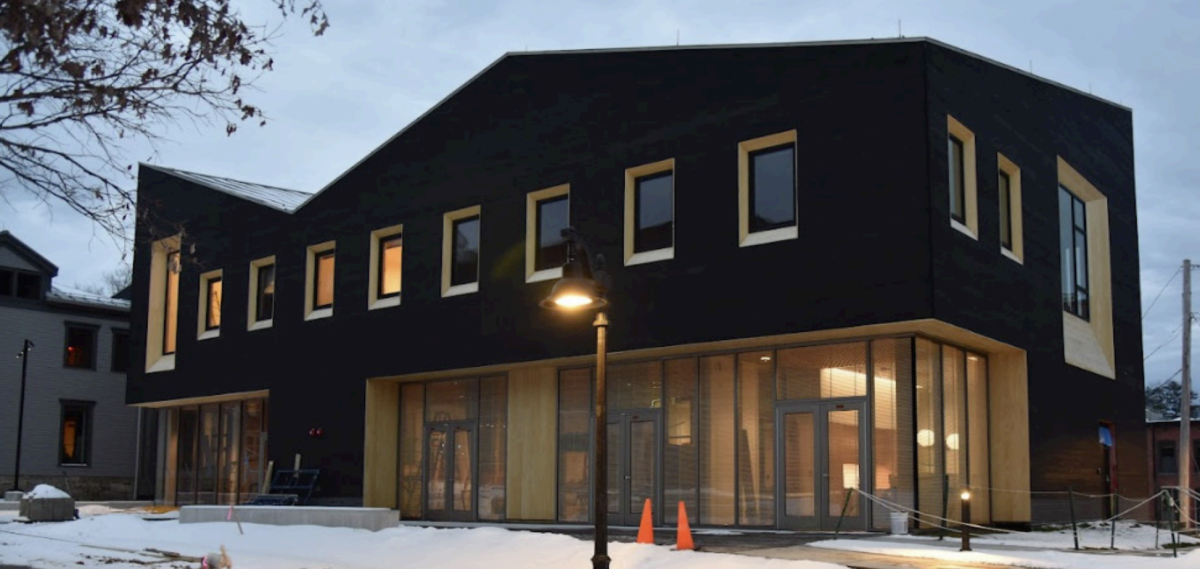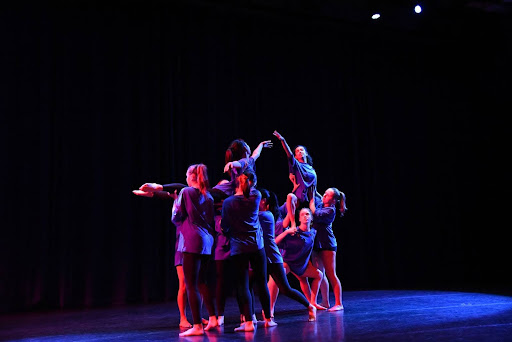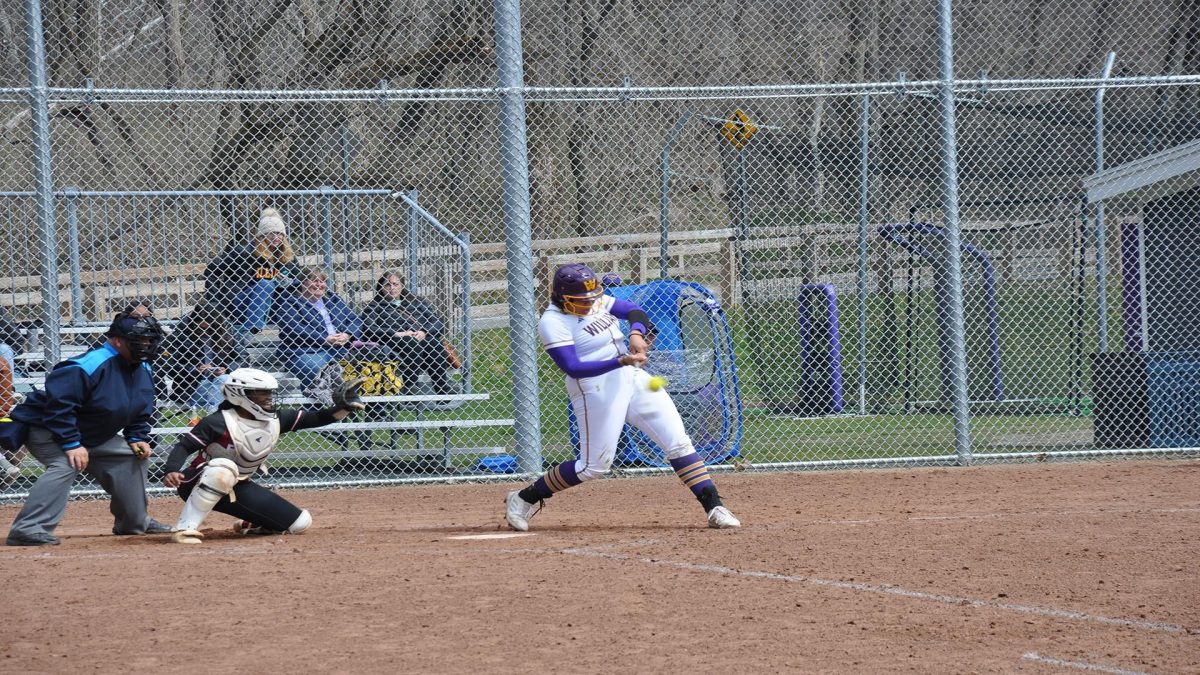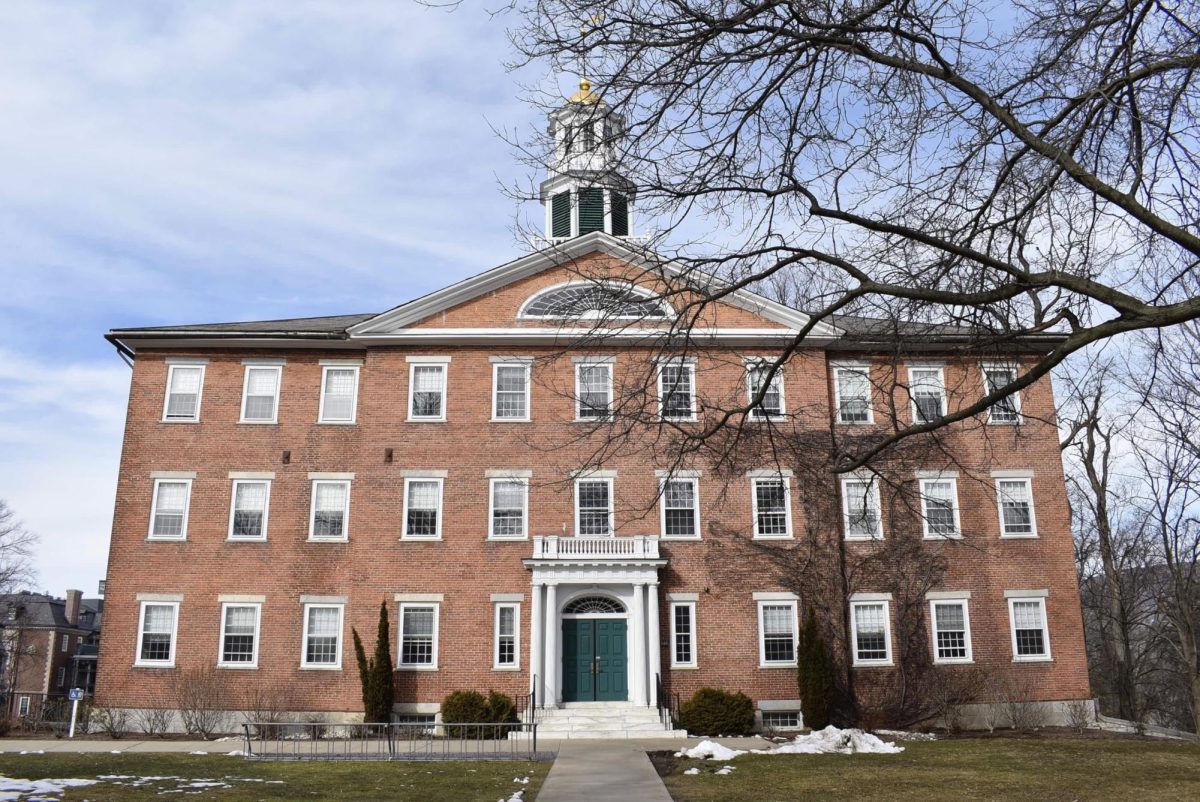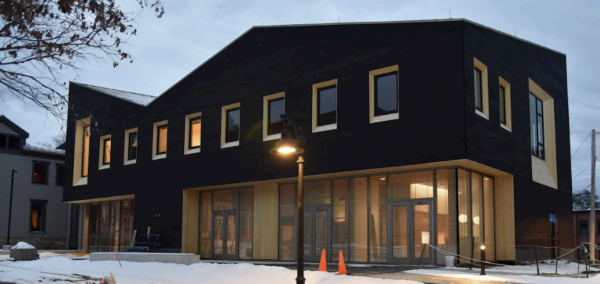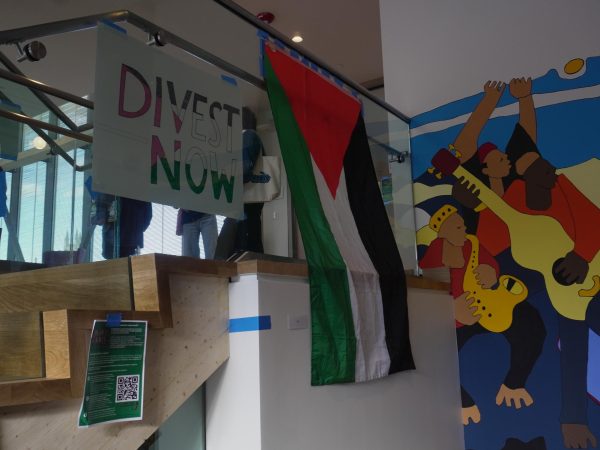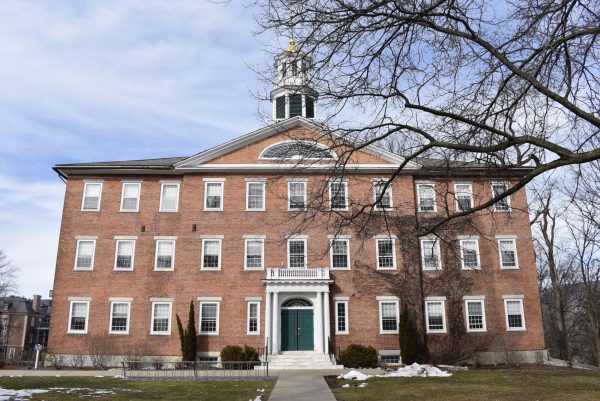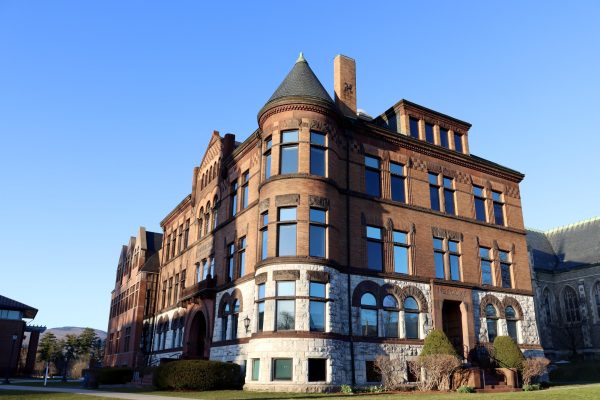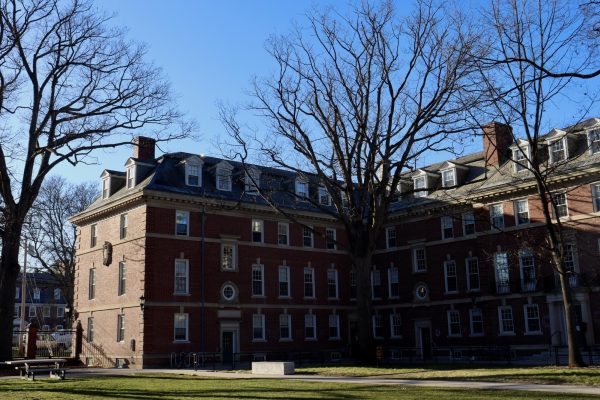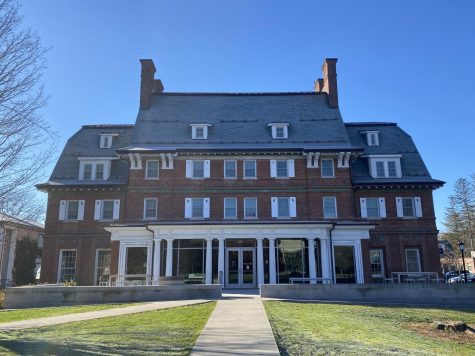College used WiFi data to track presence at Wood party, increases CSS patrols in dorms
April 7, 2021
The College used WiFi data as part of its investigation of the Feb. 26 Wood House party, Dean of the College Marlene Sandstrom and Director of Campus Safety and Security (CSS) Dave Boyer told the Record. Boyer also said that the College has increased CSS patrols in students’ residential spaces following the party.
As of March 10, the College had transitioned 127 students to remote learning for violating COVID-19 guidelines through their presence at Wood House on the night of the party. According to Sandstrom and Boyer, the College used WiFi data late in its investigation to ensure that the number of students coming forward was commensurate with the number of students in attendance at Wood.
“We had a very large number of students come forward, and we wanted to make sure that there weren’t others that had behaved in an egregious way,” Sandstrom told the Record in March.
Boyer said he made his case to senior administration in favor of using WiFi data late in the investigation. “They met and discussed the merits of that request, versus the circumstances at hand and the need for privacy,” Boyer said. “While it would have been incredibly easy to have the WiFi data upfront before we started the investigation, we did not have access to that at that time. It was a way to make sure that we were fair and thorough, that we identified those who were there, and that all were subject to the same action.”
Each device that a student uses, such as a phone or laptop, connects to a wireless access point in order to use the WiFi network. “While that access point is in a specific location, the device may be quite a distance away, perhaps outside of the building the access point is in,” Boyer said.
For instance, students not present at a party could still be connected to an access point within a building where a party is occurring, which could incorrectly imply their presence and create confusing data for the College to decipher. Because of this, Boyer said that WiFi data cannot itself be used to prove a student’s presence at an event, but it can be used to corroborate reports from staff and other students.
In March, Sandstrom said that the College was unlikely to use WiFi data to identify students who attended the gathering at Gladden on March 20 in part because Gladden’s close proximity to several other buildings would produce “messy data.”
In any case, according to Sandstrom, the College ultimately decided not to pursue disciplinary action against those involved with the Gladden party.
“Based on all of the statements gathered, it appeared that students were gathered in multiple smaller groups across different common spaces in the building,” Sandstrom said. “According to all reports, students at Gladden did not violate our COVID guidelines in terms of gathering size or occupancy limits.”
The College’s policy on using WiFi data
According to Boyer, all electronic devices students use are part of their digital footprint and identify them to the network. The College, per its policy for emergency access of information, can use that data only when exceptions arise that are “based on legal action (such as a court order), involve the health and/or safety of an individual or group, or [are] prompted by urgent college business needs.”
The policy further states that if an individual is unable to provide permission for the College to track location, “access may be provided only with the approval of an authorized college official.” For students, that authorized College official is Sandstrom.
Boyer stressed that WiFi data is difficult for the school to access, and the circumstances for which they can use it have to merit emergency status. “It’s a thoughtful process,” Boyer said. “There’s every consideration of privacy. There’s a lot of protections in place to take care of students and ensure their privacy.”
Boyer said that he felt students were in favor of WiFi tracking and was surprised that so many students were aware of the College’s ability to use WiFi data in this manner. “Several people were directing us early to just go to the WiFi records,” he said. “Some of this was coming from students. I don’t know if it was a meme page or somewhere else, but certainly there was a lot of conversation throughout the student world about the WiFi records, and why we weren’t using them early.”
However, a lack of transparency in when and how the College can access this data has been a point of concern for some students, especially since the policy on WiFi tracking has not been explicitly articulated to students.
“I think that it’s really creepy that the College has the ability to do this, and that it’s not completely transparent from the get-go what exactly they will be using it for,” Georgia McClain ’22 said. “I also think that students should be involved in giving consent to be tracked in the case of these emergency situations. It seems like we’re not really given any say in when that happens.”
Increased CSS patrols in residential buildings
CSS also recently increased its presence in students’ residential spaces. According to Boyer, CSS classifies residential spaces into three different categories: private, which includes all student rooms; semi-private, which means upper-level common rooms; and public, which includes all other areas. “If we enter residential spaces, CSS officers will stay in the public spaces and respond to disturbances they see or hear in the semi-private spaces,” Boyer said.
CSS and senior administration jointly decided to increase patrols after the Gladden party. According to Boyer, in the over 160 interviews conducted with students after the Wood party, many students noted that similar violations were regularly occurring in dorms and asked why the Wood party was being treated differently.
These reactions from students are in part what prompted CSS to increase patrolling in residential spaces, Boyer said. “[The interviews] painted a picture that the dormitories were really out of control and problematic, and that people weren’t calling to make us aware of it, or that we weren’t close enough to the dorms to observe it,” he continued. “So it’s kind of a check and balance.”
Students have noticed CSS’s increased presence in common rooms, and some have taken to alerting building GroupMes when CSS passes through.
“I certainly recall, on a few occasions, CSS showing up unannounced in the dorms on weekend nights,” Zach Babat ’21 said. “There have also been a few more occasions in which I personally haven’t seen CSS officers, but someone gives a quick announcement in the dorm group chat. There wasn’t much to the visits, per se, but that pretty clearly seemed by design — they wanted to show up and send the signal that anyone can get spot-checked at any time.”
Other students have reported an aversion to the new policy. “I feel like I’m being watched,” Aliya Klein ’22 said. She emphasized that this feeling may be even more pronounced in those who “have a history of experiencing police violence or have family members that have experienced police violence or belong to a social identity that experiences police violence regularly.”
“I can imagine I have a philosophical and critical problem with it,” she added.
According to Boyer, the patrols are not meant to make students uncomfortable. “We’re not trying to be intrusive,” Boyer said. “We thought presence was needed, and most of what we’ve been seeing has been very orderly, so it hasn’t been an issue.”
CSS has not discussed the decision to increase patrols with Housing Coordinators or Junior Advisors (JAs), Boyer said. Several JAs have reported frustration with the lack of transparency on the part of the College. “CSS didn’t tell us anything about that,” McClain, who is a JA, said. “From a student perspective, I don’t really support the concept of patrolling. I think that students should be able to settle that stuff amongst themselves.”
“We’re supposed to be adults, and the concept of CSS being able to roll through at any given moment feels like a violation of privacy, right?” McClain continued. “This is where we live.”


